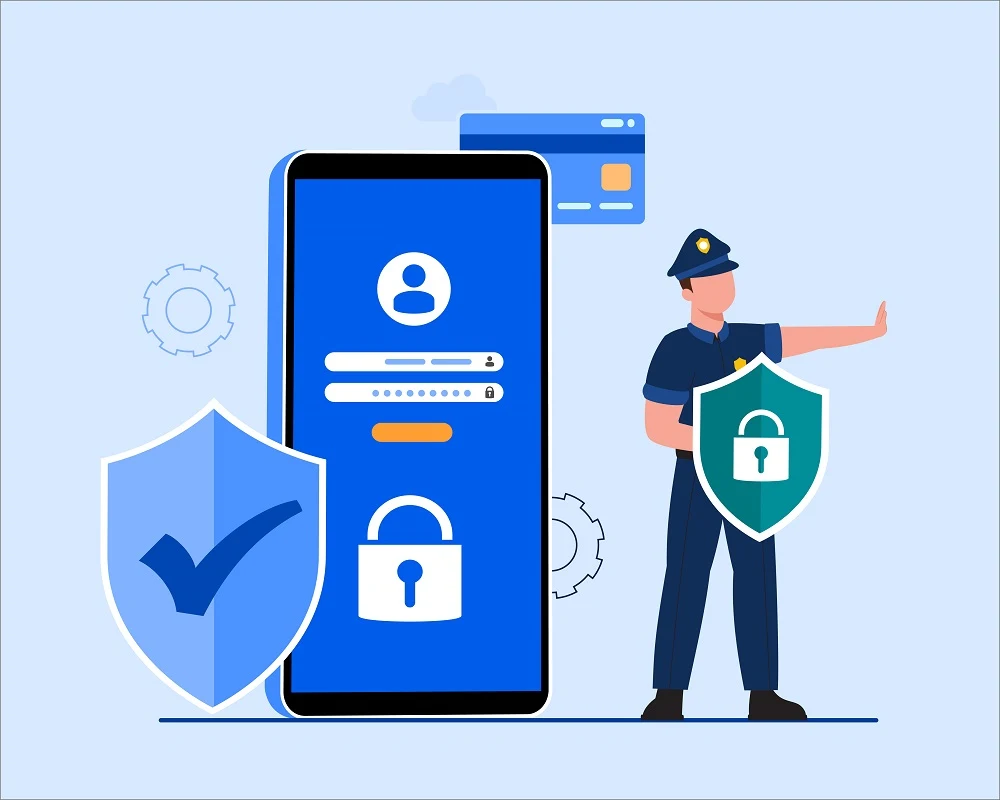As more and more businesses move their operations online, e-commerce security has become a crucial concern. With the rise of cyber-attacks and data breaches, it is essential for online businesses to take steps to protect their customers' personal and financial information, as well as their own sensitive data. This article will explore the different types of e-commerce security measures that businesses can implement to safeguard their operations and customers.
Understanding the Risks
The first step in protecting your e-commerce
business is to understand the types of threats that you are facing. Some of the
most common risks include:
- Phishing
scams: These involve the use of fraudulent emails or websites that mimic
legitimate businesses in order to steal sensitive information such as
login credentials or credit card numbers.
- Malware:
This type of software is designed to damage or disrupt computer systems,
and can be used to steal sensitive information or disrupt business
operations.
- Denial-of-service
(DoS) attacks: These are designed to overload a website or server with
traffic, making it unavailable to legitimate users.
- Data
breaches: These occur when unauthorized individuals gain access to
sensitive information such as credit card numbers or personal information.
Implementing Security Measures
To protect your e-commerce business from these and
other threats, it is important to implement a variety of security measures.
Some of the most effective include:
- Firewalls:
These are used to block unauthorized access to your network and can help
to prevent malware and hacking attempts.
- SSL
Certificates: They encrypt the data that is transmitted between your
website and your customers' browsers, making it much more difficult for
hackers to intercept sensitive information.
- Secure
payment gateway: This ensures that all financial transactions are
processed through a secure, encrypted connection.
- Regularly
updating software: This is important to protect against known
vulnerabilities and to prevent hackers from exploiting them.
- Employee
training: Regularly training your employees on the latest security threats
and best practices can help to minimize the risk of data breaches and
other security incidents.
Conclusion
Protecting your e-commerce business and customers
requires a multi-layered approach. By understanding the risks and implementing
a variety of security measures, you can help to safeguard your operations and
customer's personal and financial information. Additionally, regular security
audits and assessments will help to identify and address any potential
vulnerabilities in your system. With the increasing use of online shopping and
e-commerce, security has become a critical aspect that all online businesses
need to take into account.

